|
There is not a great deal of evidence for the widespread domestication of animals in Mesoamerica. However, there is evidence of some animals being fed on Maize which points to their domestication...
Dogs The Maya have an unusual relationship with dogs. The Xoloitzcuinti hairless dog was said to guide its owner through the underworld after death by holding onto its tail. This good deed doesn't seem to have stopped the living ancient Maya from eating these helpful canine souls! That's not their only interaction with the ancient Maya. Dogs found buried near a temple in Seibal (nearly 100 km from their original highland home) suggest that they had a ceremonial role for some Maya. Cats (well, jaguars and pumas) The jaguar was a powerful symbol of Xibalba (the underworld). Yet its ritual importance didn't save it from being caught, along with puma to be paraded around or its body parts to be used in rituals. Many animals of Mesoamerica (as with all civiliations) were managed by humans to be used for many purposes including as food, for display, as part of rituals or clothing and trade. These animals include, turkeys, deer, dogs, jaguar, bees and rabbits to name but a few. To find our more about ancient Maya animals, have a look at our KS2 Maya workshop Mayan
A more appropriate term for this would be a decline or collapse. This was a slow process over hundreds of years which affected different areas in many differing ways.
The Maya people haven't disappeared, it's their cities which declined. There are an estimated 8,000,000 people of Maya heritage living today (approximately the same amount of people who lived in the cities at their height). There is now a great deal of evidence that between 850AD and 1000AD there were a series of droughts. Droughts are not unusual to the Maya but one of the contributing factors to their decline at this time may be overpopulation and possible over-farming of the land. Warring city states cannot be ruled out as another contributing factor. The question is why did the dispersed Maya never fully return to their once thriving cities? Perhaps it's simply that, like many of us, we get used to our new ways of life and our old ways become more foreign to us as time moves on. Within a generation the old Maya city ways will have become a memory. To book a KS2 Maya trip with a difference, follow the link... To be clear, Maya is not a name the ancient people recognised for their culture/civilisation. They were distinct groups. As such, it is a name whose application has become a general but not complete concensus!
But let's keep this simple. Maya is the singular and plural noun... She is Maya, they are Maya. Maya is also the adjective... Maya culture, Maya temples, Maya calendar, Maya way of life, Maya farming. Mayan is only used as an adjective when talking about grouping the thirty something languages into one... The Mayan language. However, when talking about the individual languages, it's back to Maya as the adjective... The Yucatec Maya. (Although to complicate things, the Yucatec Maya simply refer to their language as Maya!) Have a look at our KS2 Maya workshop... Aurochs were extinct wild cattle living in Europe, from which cattle are probably descended. The aurochs survived in Poland until 1627. The aurochs were black, standing around 1.8 metres (6 feet) high at the shoulder, and had spreading, forward-curving horns. However, it seems that Aurochs may be making a come back! https://www.bbc.com/reel/video/p0h8r8hc/the-tauros-a-prehistoric-bovine-brought-back-to-life Learn more about the auroch in our Stone Age to Iron Age workshop
We understand that the school trip can be the highlight of a child's academic year. The aim of our workshops is to offer the children an exciting and full on experience that they will remember forever!
The reason teachers love our workshops is that...
Children will be able to explore Maya artefacts, including studying the Dresden Codex. The next best thing to visiting Central America on a school trip is to visit it with our virtual reality headsets. See the ruins of Tikal and Chichen Itza, swim in a cenote. Learn about ancient skills and try their hand at making a worry doll and weaving a basket to take home. Learn the Maya number system and use this to play a game and explore the calendar. Understand the ancient Maya writing system and learn how to write your name in hierglyphs, using authentic feather quills and ink. The children can tap into the knowledge of our Maya specialists. Book us for your next Maya experience, you will not be disappointed! Mancala is a great fun game to play, still played in Egypt today. Below we have a PDF Mancala Board and accompanying instructions. You could get the children to design their own boards. We've always had great fun with the children at our Egyptian history workshops when we've played such games. Check out our ancient Egypt workshop here.
This is such a fantastic little story for Teaching The Maya in Primary schools and best of all, the PDF is Free!
Belize Yucatec Maya story book: "To the Mountain" Maya Story Book project. This TRILINGUAL (English, Spanish, and Maya), interactive, and archaeologically accurate children’s book were distributed to the primary school kids in Succotz, Belize as well as local libraries that serve all members of the Cayo District communities. Ta witz was created by Fajinas Archeology outreach A great little Maya reading book! Check out our fantastic Maya workshop here! A fantastic class activity combining Art and History.
We've chosen some Grecian Urns but you could do this activity for any historical artwork/artefact. We've also tried this for a Roman Statue, Celt Art and a Maya Artefact. Become a paper archaeologist. Find a few examples of artefacts, draw around them to create the template. Cut out your picture, and cut it into pieces like a jigsaw puzzle. Get the children to piece it back together, drawing in the missing piece themselves. Make a Roman Bulla.
Bulla were pendants worn by ancient Roman boys, given to them eight days after they were born. The bulla served to ward off evil spirits and to proclaim the child an official freeborn Roman. The bulla would be worn until manhood. Rich child would wear bulla made from gold, like the one in the picture. Children also wore bulla made from leather and fabric. To make a fabric or leather bulla, you will need a piece of fabric and a length of string or cord. 1. cut a circle from the fabric, you can decide on the size, but if it is to be worn around the neck, a diameter of around 10 - 15cm is fine. 2. measure out a length of cord or string. It will need to be approximately 4 times larger than the circumference of your circle, plus some length for hanging around the neck. 3. Next cut around 8 to 10 small holes evenly around the edge of your circle, the holes need to be large enough to thread your cord through (you might be able to use a hole punch for this task, depending on the type of fabric you are using). 4. Finally, thread your cord through the holes and draw the string together. Also great as a pirate's coin pouch... Great for a Roman art lesson activity! Check out our exciting Roman workshop here! |
AuthorWidget Workshops -History Workshops for primary schools ArchivesCategories |
||||||||||||||||||||||||||
Proudly powered by Weebly


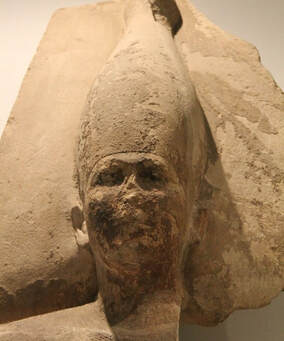
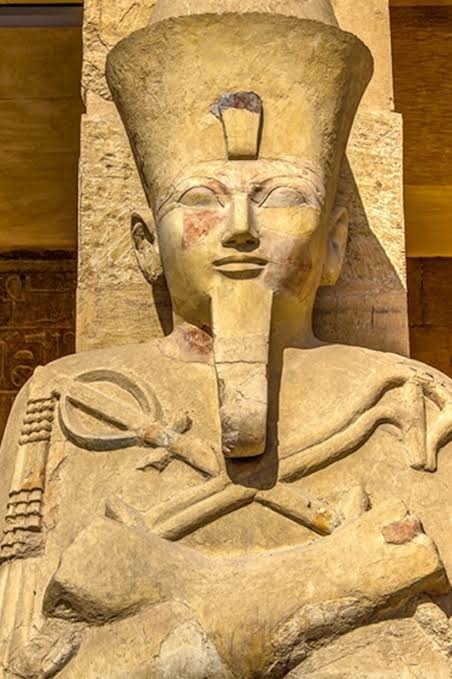
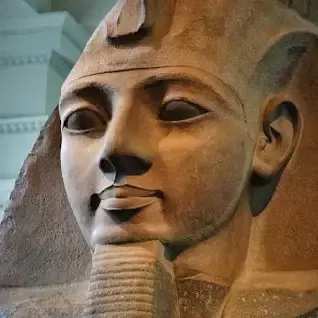
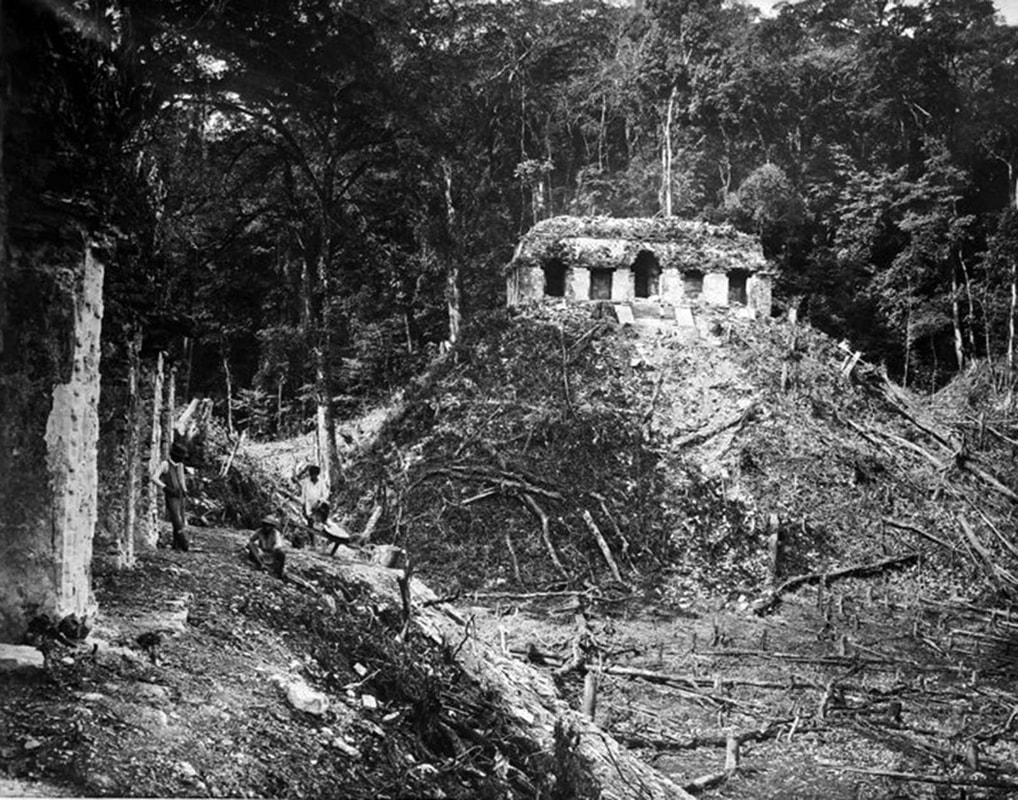
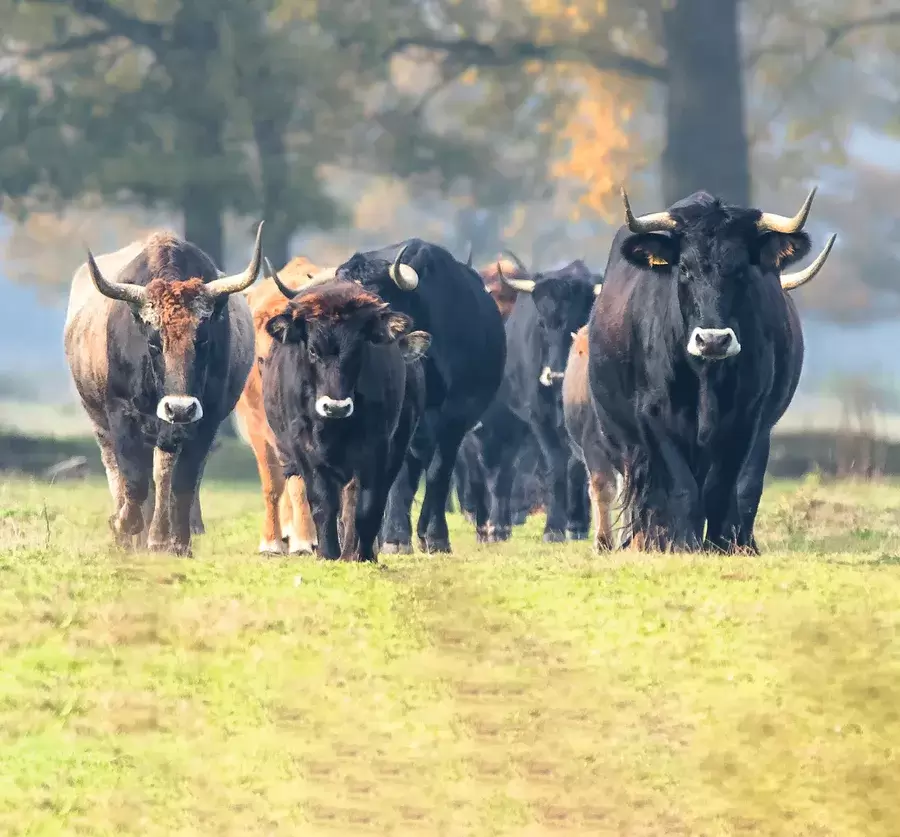

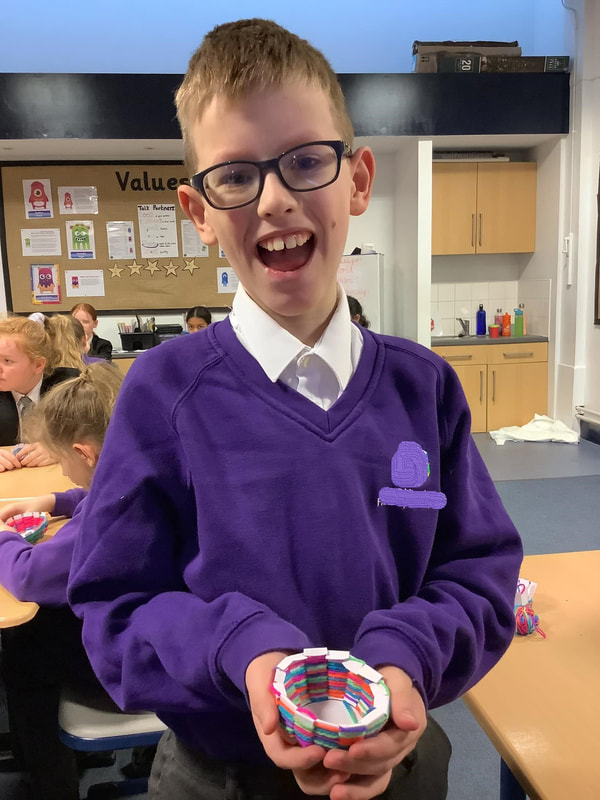
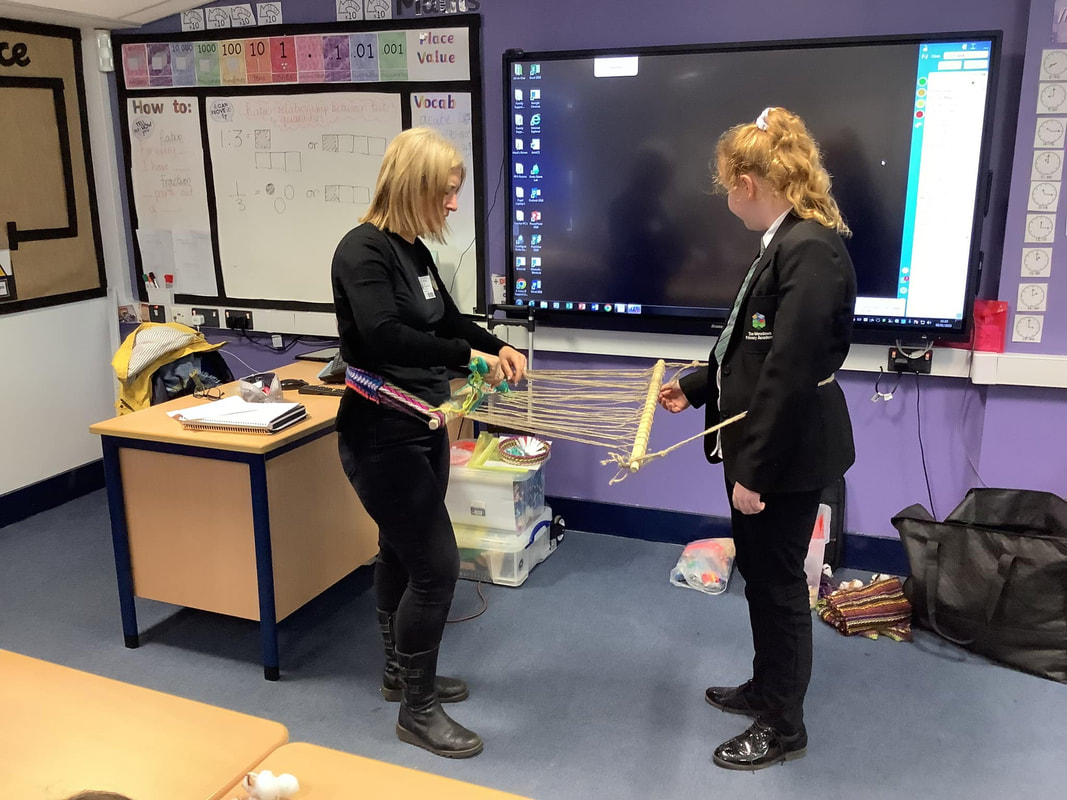


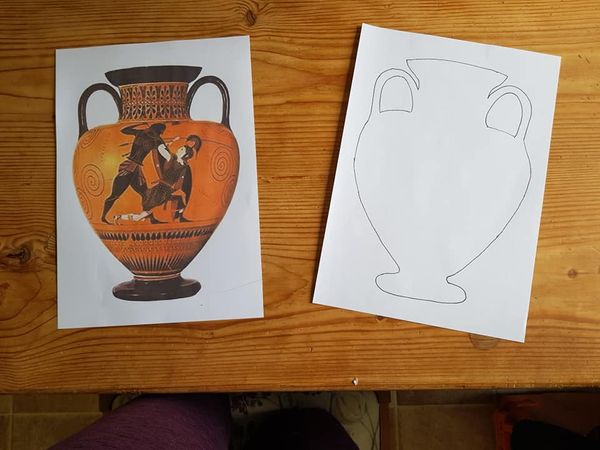
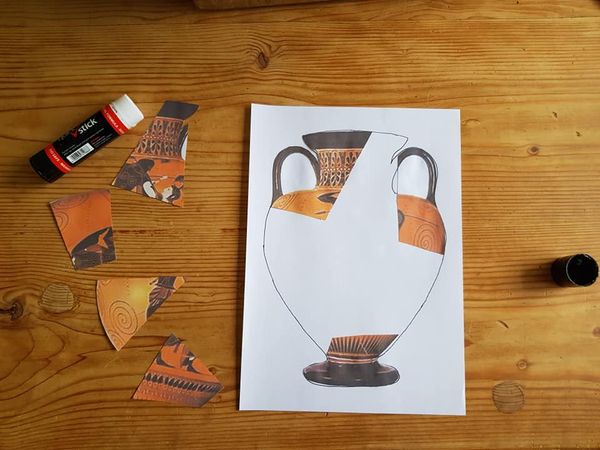



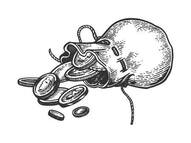
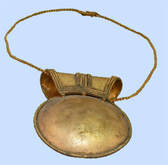
 RSS Feed
RSS Feed